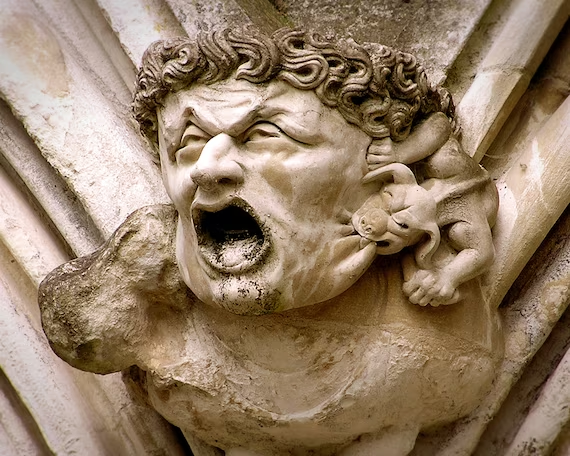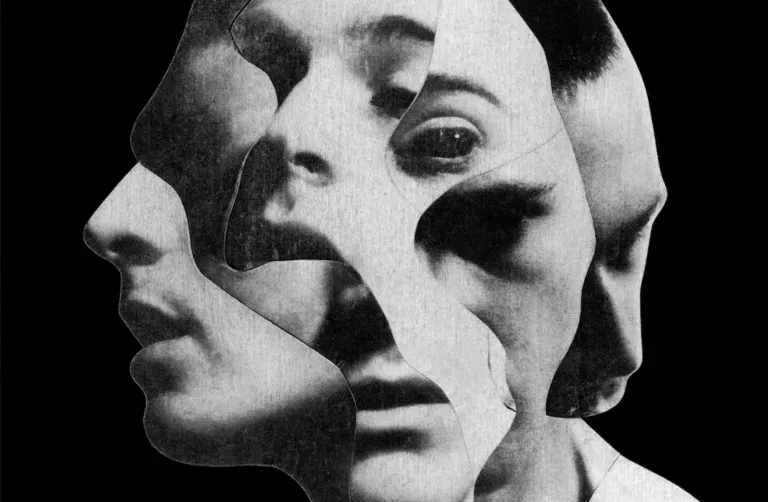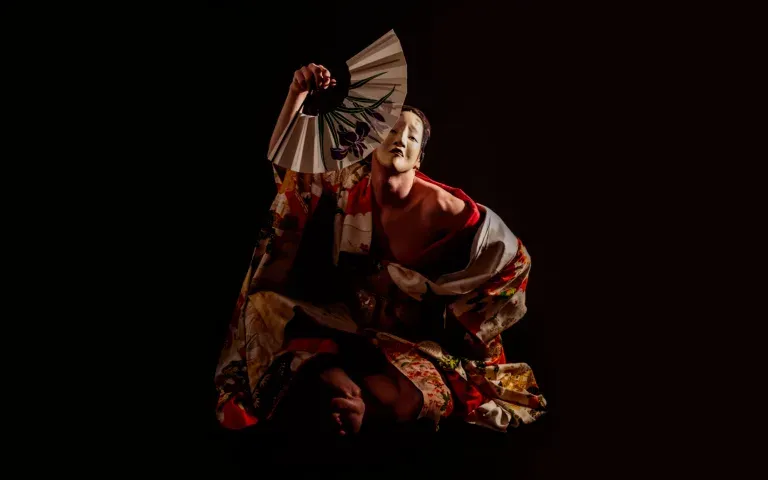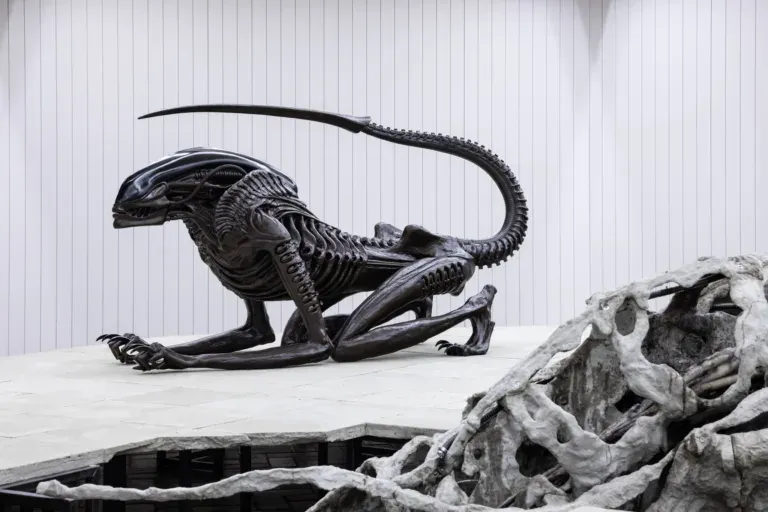The Gargoyles of Salisbury Cathedral
The Gargoyles of Salisbury Cathedral: Stone Sentinels Between History and Legend
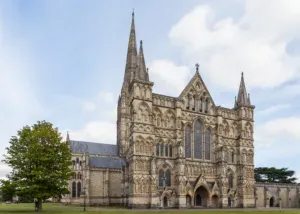 Salisbury Cathedral, located in the enchanting county of Wiltshire, is one of the most extraordinary examples of English Gothic architecture. Built between 1220 and 1258, the cathedral is not only a monument of faith and architectural beauty but also a mysterious realm of stone creatures: the gargoyles. The Gargoyles of Salisbury Cathedral: Stone Sentinels Between History and Legend.
Salisbury Cathedral, located in the enchanting county of Wiltshire, is one of the most extraordinary examples of English Gothic architecture. Built between 1220 and 1258, the cathedral is not only a monument of faith and architectural beauty but also a mysterious realm of stone creatures: the gargoyles. The Gargoyles of Salisbury Cathedral: Stone Sentinels Between History and Legend.
Origins and Function of the Gargoyles
Gargoyles are ornamental sculptures often depicting monstrous and fantastic creatures. Their primary function was practical: designed as waterspouts, the gargoyles served to channel rainwater away from the cathedral walls to prevent structural damage. However, beyond their hydraulic function, gargoyles also had a symbolic significance. Often depicting demons, fantastic animals, and grotesque figures, they were seen as spiritual guardians, placed to protect sacred buildings from evil and malevolent spirits.
The Iconography of Salisbury’s Gargoyles
Salisbury Cathedral is adorned with numerous gargoyles, each with a unique character. Some represent wild animals, such as lions and eagles, symbols of strength and power. Others take on more sinister forms, with appearances of demons and monstrous creatures, reflecting the fears and superstitions of the Middle Ages. Among them, one can also find more humorous and bizarre figures, offering a fascinating glimpse into the mindset and imagination of medieval craftsmen.
Symbolism and Mythology of the Gargoyles
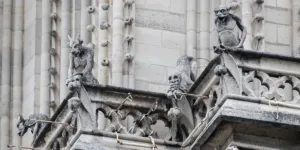 Gargoyles were not just functional decorations but carriers of rich symbolism. In the context of Salisbury Cathedral, these stone beings were seen as defenders of the sacred, capable of frightening away evil spirits and protecting the faithful. Their presence on the cathedral can be interpreted as a memento mori, a constant reminder of the transience of life and the need for divine protection against the forces of evil.
Gargoyles were not just functional decorations but carriers of rich symbolism. In the context of Salisbury Cathedral, these stone beings were seen as defenders of the sacred, capable of frightening away evil spirits and protecting the faithful. Their presence on the cathedral can be interpreted as a memento mori, a constant reminder of the transience of life and the need for divine protection against the forces of evil.
The Conservation of the Gargoyles
Over the centuries, the gargoyles of Salisbury Cathedral have suffered natural erosion and wear. Today, numerous conservation efforts have been undertaken to preserve these fascinating sculptures. Restorers and art historians work tirelessly to maintain the beauty and integrity of the gargoyles, using modern techniques to repair and protect these medieval artworks.
The Magic of the Gargoyles Today
The gargoyles of Salisbury Cathedral continue to evoke wonder and curiosity in visitors from around the world. Beyond their historical and artistic function, the gargoyles have become an integral part of the cathedral’s mystical charm. Each sculpture tells a story, offering a unique insight into the culture and spirituality of the Middle Ages.
Conclusion
Salisbury Cathedral is one of the most extraordinary examples of English Gothic architecture. The Cathedral, with its imposing gargoyles, represents a perfect blend of functionality and art. These stone creatures, once tasked with protecting the structure from natural elements, now also protect our imagination, evoking tales of myths and legends. Their presence continues to remind us of the power of faith, art, and fantasy, making Salisbury Cathedral not only a place of worship but also an unparalleled historical and cultural treasure.
Subscribe to our YouTube channel

